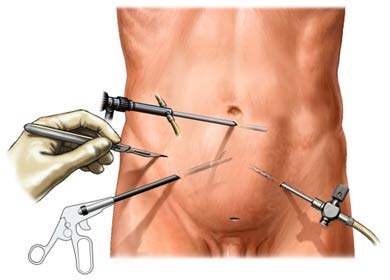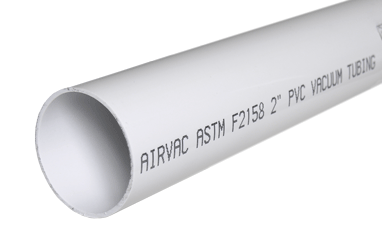Before jumping into today’s post, I just wanted to say a quick congratulations to several of our athletes from this off-season.
We’re really proud of the hard work these players have put in with us at Endeavor and also on the ice with their respective teams. Keep up the great work guys!
As you may know, I’ve spent a lot of time researching topics related to hip and lower abdominal injuries. Because injuries like hip flexor strains, groin strains, hip labral tears, and sports hernias are affecting an increasing number of players (and receiving an increasing amount of attention), I feel it’s important to do whatever I can do prevent these injuries in our players. Over the last couple years at Endeavor, we’ve pretty much eliminated hip flexor injuries altogether, and have been able to quickly restore balance in players suffering groin strains (almost always in players that refuse to take any time off the ice).
Sports hernias and labral tears can be a bit of a different scenario because surgery is an option, and one heavily pushed by most docs. This raises the debate, “Should ‘strength coaches’ be involved in these types of injuries at all or strictly leave them to surgeons/PTs?” It’s an interesting debate, but one we’ll leave for a different discussion. Over the Summer, we had a player come to us with the following situation:

Goal # 1: Do everything you can to avoid this!
The reason I said we’ll leave the surgery debate for another time is because, without insurance (or shelling out $10,000 in cash), surgery wasn’t an option at all. Nor was seeing a physical therapist for that matter. Admittedly, the situationw as a little intimidating. He had 5 weeks to be symptom free AND to be ready to step on the ice for a new professional team in London, England. With that time course, there is no room for “I think this should work”; you get one shot. I spent quite a bit of time writing his program, and reached out to three incredibly bright coaches/mentors of mine: Eric Cressey, Michael Boyle, and Charlie Weingroff, all of whom provided invaluable insight into the situation.
A couple take homes were:
Compared to other off-season hockey training programs, this didn’t leave us with a ton of options. Naturally, we HAMMERED the soft-tissue work for the anterior and interior thigh compartments and also the glutes. We quickly progressed him from a foam roller to a PVC pipe, which gets a bit deeper because of it is so much denser.

PVC Pipe: An injured hockey player’s best friend.
The two areas I wanted to dive a bit deeper into are the stretching (geared towards adding length to the muscle) and the conditioning.
Stretching: Adding Sarcomeres in Series
Because one of the major focuses was to restore alignment, we used several stretches repeatedly:
Again, the goal here was to open up the anterior hip (remove some of the anterior tilt), improve hip internal rotation, and increase his ability to extend through the thoracic spine. The “Downward Foot Press” is a strategy we used to increase the tension in the stretched muscle in order to stimulate adding actual length (sarcomeres in series) to the muscle. We also had him hold the 1/2 Kneeling Hip Flexor Stretch for 5 mins on each side for the same reason. Stimulating actual muscle length is achieved through prolonged time in a stretched state and/or tension in a stretched state. After several weeks of this, he said his helps felt a lot looser, and his groin pain was starting to subside a bit.
Conditioning: How to stay in good shape when every movement hurts
How do you condition a hockey player when he can’t skate, run or slideboard, and you don’t want him to bike because of the concern of further exacerbating his already substantially shortened hip flexors? There are a couple options left, but the two that suited our purposes the best were:
On our sticky track, it typically takes around 25-30s to march a sled 25-yards to the end of the track. This made it pretty easy to build in an interval training component to his program. Because his body orientation while marching with the sled didn’t necessitate extreme hip flexion, he was able to perform the exercise pain free. Two wins.
Med Ball Circuits were a no brainer. High intensity, maximum velocity rotational movements are a must for off-season hockey training programs anyway. Devising a circuit to incorporate these was another great way to get some extra valuable work in while also improving his conditioning. The circuit was:
We’d have him perform the circuit anywhere from 3-5x, depending on the week.
At this point, you’re probably wondering what the outcome of all this was. After all, understanding these strategies is only worth your time if they worked. Last week he sent me a quick message to update me on how things are going. He said he’s been completely pain free all season (first time in years!), and he’s currently the second leading scorer on the Newcastle Vipers (EIHL).
A few important take homes from this experience:
To your success,
Kevin Neeld